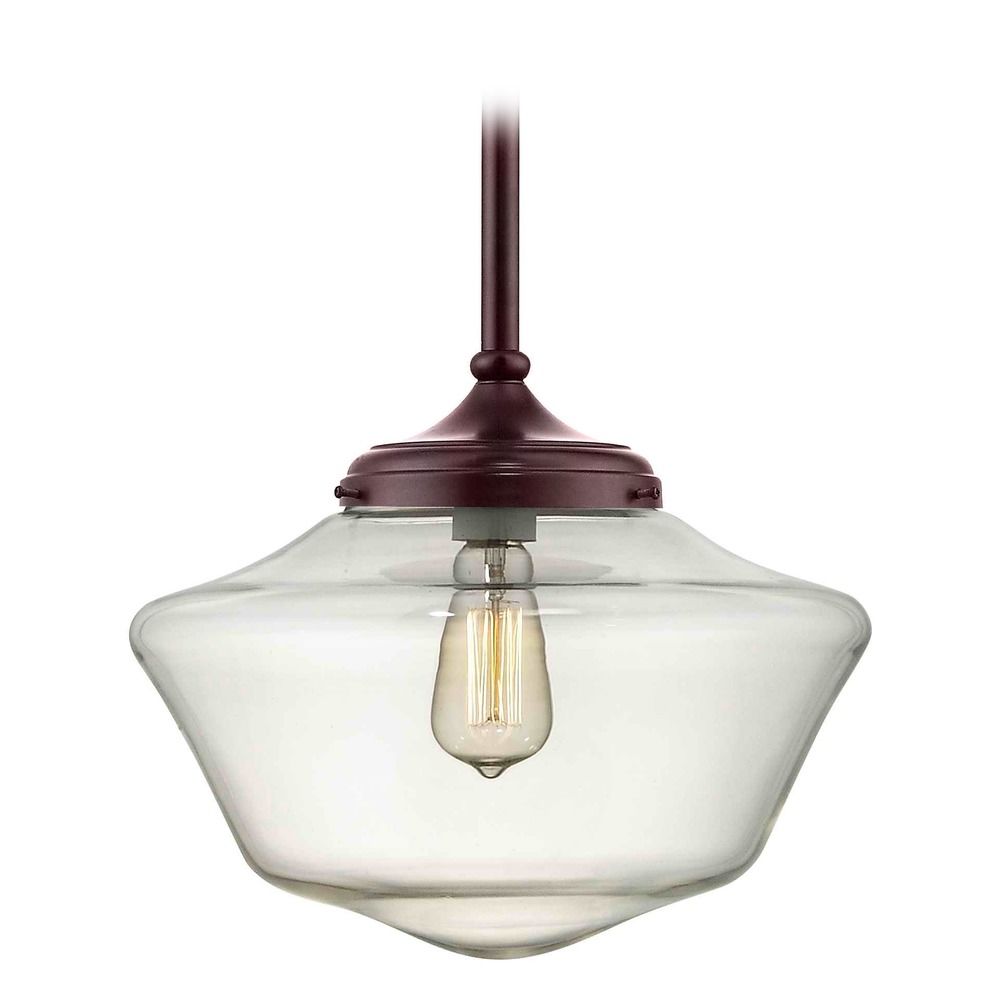
Do not make the mistake of buying a sensitive option of the dishing liquid as this will produce smear on the lenses which need to be polished with the microfiber cloth. With most glasses, you will be fine using dishwashing liquid which will make it easier to clean the grease on your glasses.

You should avoid aggressive cleaners generally. This habit will add additional chemical stress to the coating and will damage the coatings faster. When the Additional Cleaning Liquid Is Too Aggressive for the Glasses CoatingĪ lot of people make the mistake of using cleaning compounds where alcohol is in or other aggressive components in combination with the ultrasonic bath. The coating peeled off where the frame is mounted to the lenses on rimless eyewear. Here in the picture above you can see typical damages. When the ultrasonic cleaner is used the imploding vacuum bubbles will then rip off the coating in the areas where damages are already present. With this type of glasses, the coating has to undergo additional mechanical strain as holes get drilled and the components will cause slight pulling and pressure movements when the glasses are used which causes microscopic cracks in the coating. The coating starts to peel off from the edges and the damage over time works its way into the middle of the lenses.Įven worse is the situation when the glasses are rimless. So this is where people see the damages first.

Of course, a cooling liquid is always used but on a microscopic level, the coating will be influenced. This cutting process produced heat where around the edges of the lenses. The coating had to undergo mechanical strain as a CNC machine cut the shape of the lenses out of a round bigger lens. When people see the damages on the glasses usually it is the coating. But what if the damage is already within the glasses when you bought it? Where People See Damages First on the Glasses After Using Ultrasonic Cleaners? Generally speaking, 35kHz is recommended to clean glasses effectively and without damage. This frequency modulation in ultrasonic baths is often described as sweep tec. The targeted, very fast frequency changes of the frequency modulation automatic frequency control generate a particularly homogeneous, uniform ultrasonic field in the entire bath volume. Standing waves create inhomogeneous sonication and, in the worst case, can damage sensitive cleaning objects. Rigid operating frequencies in ultrasonic devices can lead to standing waves in the ultrasonic bath under unfavorable conditions. During operation, the working frequency can deviate considerably from the nominal frequency due to slight frequency modulation. When the frequency falls below 35kHz those pressure surges can lead to mechanical strain that could damage glasses.įor this purpose, the device components must be optimized and tuned so that they always generate the best operating frequency, even with changing loads due to load, level, temperature, and liquid. During the tension phase, these oscillations lead to the generation of millions of tiny vacuum bubbles in all fluids, which implode during the compression phase, generating highly effective pressure surges. The cleaning of glasses works with ultrasonic baths because little oscillations of the water in the bath are generated.

The frequency of the ultrasonic bath is lower as 35kHz.The additional cleaning liquid is too aggressive for the glasses coating.No basket is used in the ultrasonic cleaner.The most common handling errors damaging eyeglasses with an ultrasonic cleaner are: In addition, handling errors often occur when using ultrasonic baths, which could damage the eyeglass bath or the eyeglasses. Likewise, certain natural materials such as wood, horn, or frames with rhinestones should not be cleaned in an ultrasonic bath, as they could be quickly damaged by the ultrasound. However, if the coating on your lenses is already defective, the ultrasonic bath could cause the coating to peel off more quickly. At the same time, ultrasonic cleaners are gentle because mechanical damage such as scratches is avoided. Ultrasonic cleaner only needs a few seconds and surpasses any manual cleaning in effectiveness. The effect of ultrasonic cleaner causes dirt residues from the glasses to be blown off the parts in the liquid, including from recesses and even from holes.


 0 kommentar(er)
0 kommentar(er)
